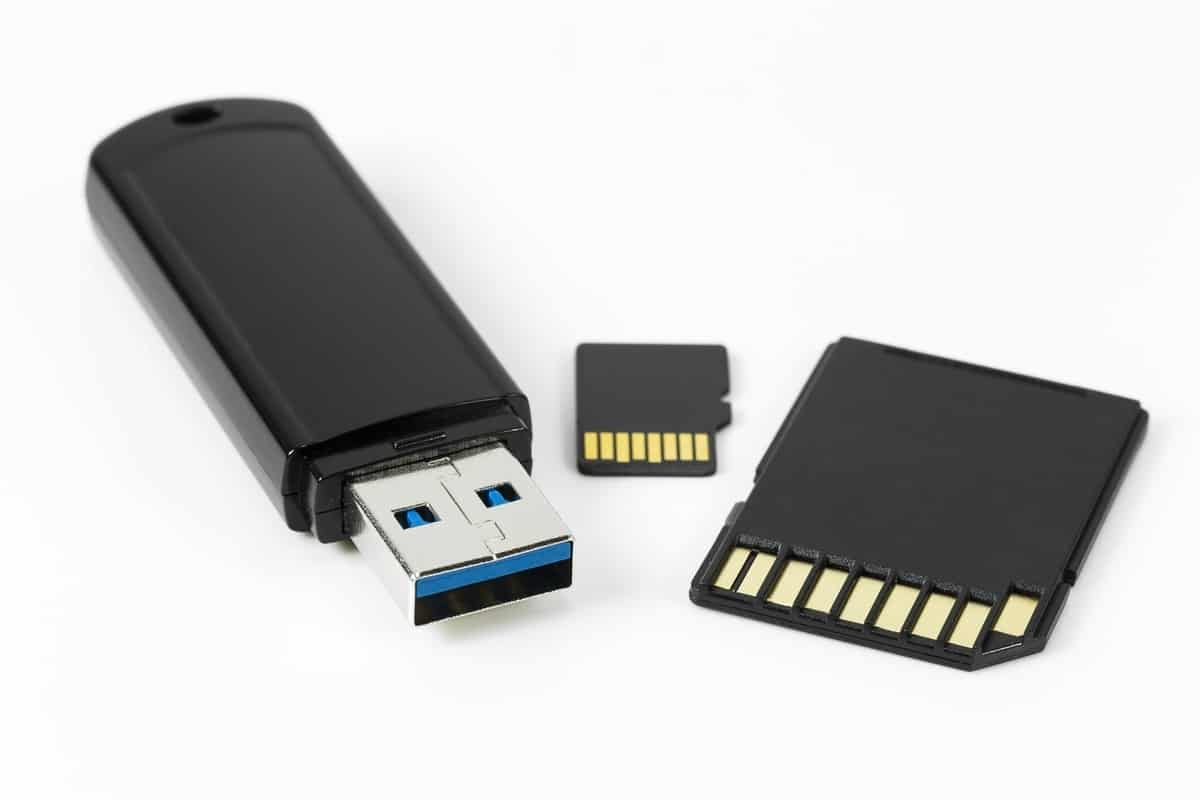Flash memory is a non-volatile storage technology that does not require power to retain data. It is a type of Electrically Erasable Programmable Read-Only Memory (EEPROM), which can be erased and reprogrammed in blocks instead of one byte at a time. Named after its ability to erase data in a flash, it was first invented by Dr. Fujio Masuoka while working for Toshiba in the early 1980s.
The main characteristics of flash memory, like the ability to maintain stored information without power and the potential to endure robust physical conditions, make it an essential technology used in many devices, such as USB drives, memory cards, solid-state drives (SSDs), and even the memory systems of smartphones, tablets, and digital cameras.

Types of Flash Memory
Flash memory can be divided into two primary categories based on its internal structure: NOR and NAND.
- NOR Flash: NOR flash memory was the first to develop. It allows random access to data, similar to RAM. This means it can access any byte of memory without touching the preceding bytes, making it ideal for devices needing to execute code directly from Flash. It is commonly used in storing firmware or in applications where low power consumption is a necessity.
- NAND Flash: NAND flash memory is the most widely used due to its fast write, erase, and read times compared to NOR. Additionally, it is more cost-effective and has a higher storage capacity. This memory type is used mainly for data storage in devices like USB drives, memory cards, and SSDs.
How Flash Memory Works
Flash memory stores data in memory cells, each of which holds one or two bits of information, depending on whether it is a Single-Level Cell (SLC) or Multi-Level Cell (MLC). These cells are made from floating-gate transistors, each with a control gate and a floating gate separated by an oxide layer that insulates and traps electrical charges.
Writing or programming data into a flash memory cell involves injecting electrons through the oxide layer to the floating gate in a hot electron injection process. The presence or absence of these electrons in the floating gate represents a binary ‘1’ or ‘0’, which are the building blocks of digital data.
Erasing data, on the other hand, works oppositely. A high voltage is applied to the control gate to create a strong electric field. This causes the electrons in the floating gate to tunnel through the oxide layer and out of the gate, a process called Fowler-Nordheim tunneling.
Advantages and Disadvantages of Flash Memory
Flash memory provides numerous advantages that make it widely used across various applications. Its non-volatility is a crucial feature, allowing information storage even without power. Due to the absence of moving parts, flash memory also offers fast read access times, efficient power usage, and high durability.
Advantages of Flash Memory
- Non-volatility: Flash memory retains stored data even when not powered, making it suitable for storing long-term data.
- Fast Access Speeds: Flash memory provides quick data access, allowing for efficient read/write operations.
- Durability: Flash memory is less susceptible to physical damage than hard disk drives without moving parts, making it ideal for use in portable devices.
- Power Efficient: Flash memory uses less power than other data storage forms. This efficiency makes it suitable for use in portable, battery-powered devices.
- Compact Size: Flash memory can store large amounts of data in a small physical space, making it ideal for compact devices like smartphones, digital cameras, and USB thumb drives.
Disadvantages of Flash Memory
- Limited Lifespan: Each cell in a flash memory device can only be written and erased a finite number of times before it fails. This lifespan is typically in the range of thousands to hundreds of thousands of cycles, depending on the type of flash memory.
- Data Corruption: Flash memory is susceptible to data corruption and loss, particularly as cells reach the end of their lifespan. This risk increases as the physical size of cells decreases.
- Cost: Flash memory is more expensive than traditional hard drives per gigabyte. While prices continue decreasing, the cost can still be prohibitive for significant storage needs.
- Slower Write Speeds: While read speeds are typically fast, flash memory’s write speeds can be slower than those of other storage technologies.
- Memory Wear: Flash memory can wear out over time. When cells fail, the device’s storage capacity effectively decreases.
However, flash memory does have some limitations. It has a finite number of program/erase (P/E) cycles because erasing or programming the Flash wears down the oxide layer, eventually leading to the failure of the memory cell. Also, as we continue to shrink the physical size of cells to increase memory capacity, the probability of errors increases.
The Future of Flash Memory
The future of flash memory is bright as it continues to evolve and innovate. As the demand for more efficient and extensive device storage increases, manufacturers are developing ways to pack more data into less space. Techniques such as 3D NAND stacking, which stacks flash memory cells vertically on each other, have shown promise in meeting this demand.
In addition to increasing capacity, the future will also see innovations aimed at improving the longevity and reliability of flash memory, such as advanced error correction codes (ECC) and wear-leveling algorithms.
Conclusion
Flash memory has significantly influenced the digital world, providing efficient data storage in numerous applications. Despite its limitations, ongoing research and development promise an exciting future for flash memory technology, making it a cornerstone of the digital age.
- Facebook Ads to Get Followers! - December 27, 2024
- ClickUp vs. Slack - December 20, 2024
- Mastering E-Commerce Analytics: A Blueprint for Success





